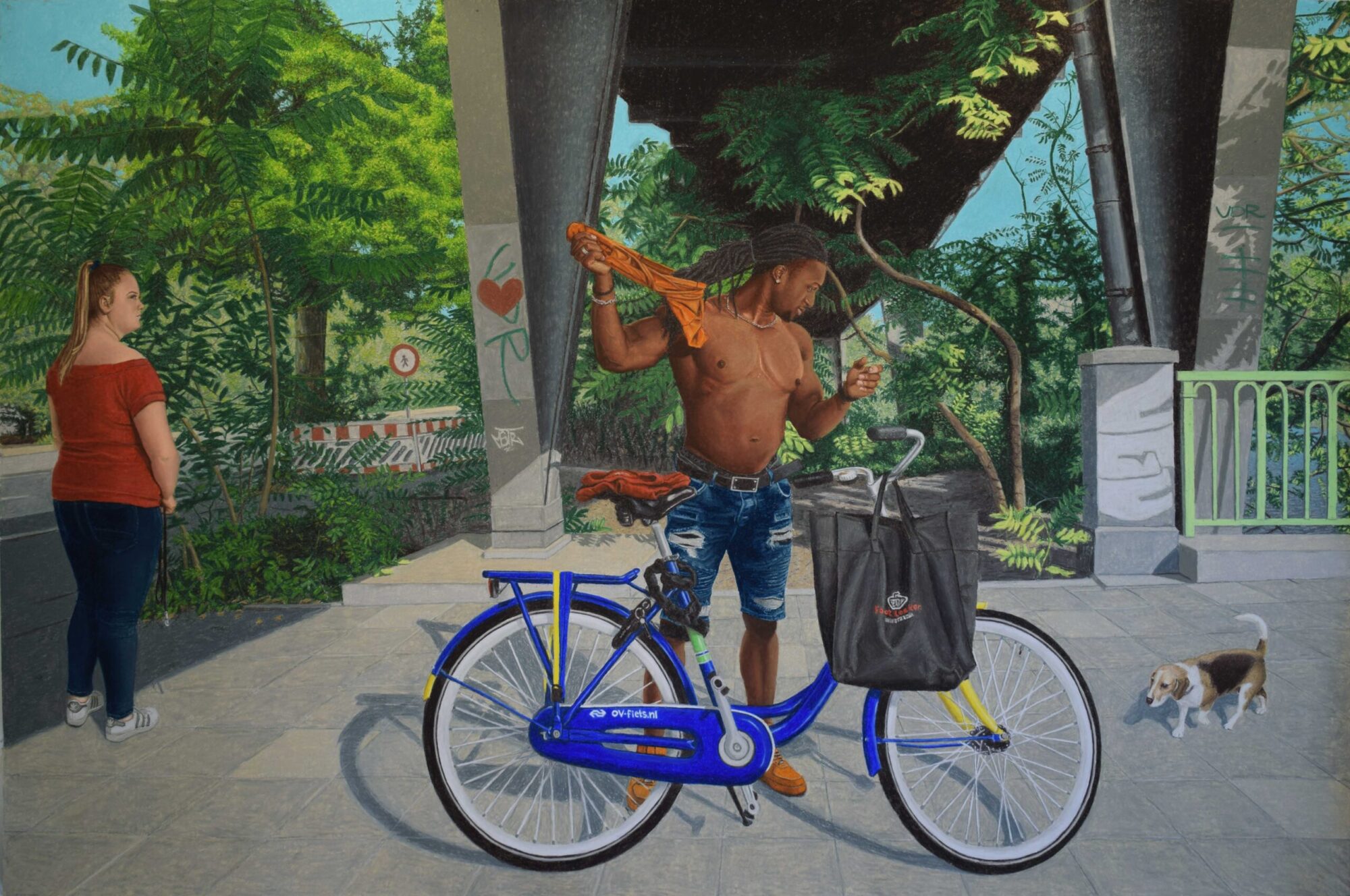Tulips, Tolerance and Trade
In the eyes of foreigners, many different views on the Netherlands exist. When thinking about this small country, both images of tulips and clogs, but also of a free and liberal Amsterdam, where you can do what you want, arise. Over the centuries, many efforts have been made to grasp the essence of this nation. One of the first influential authors on this topic was Lodovico Guicciardini, who published a book about the Low Countries in 1567. Previously he had written a history of the Low Countries, as well as a detailed description on Antwerp, where he lived. In his new book however, he aimed to describe the Dutch national character. With this, he did not only focus on the positive characteristics of “the Dutch”, but also highlighted negative aspects. Guicciardini applauded the merchants for their common sense and diligence, as well as the overall literacy of the people. At the same time, he described the Dutch as drunks, stingy and greedy (Verheul 312). About a century later, the English also developed severe stereotypes of the Dutch. These were based on the jealousy that arose from the naval wars between the countries at the time. Common stereotypes developed in this period focussed on the Dutch sexual morals and being untrustworthy, evil merchants. By developing negative images of Dutchness, the English found a way to deal with their maritime enemy. The Dutch coped with these wars by developing a self-image around sea, water and mud, as well as clogs, dikes and windmills. In the nineteenth century, this picturesque image of the Netherlands transferred to the United States, who until then had seen the Netherlands from an English perspective. With upcoming tourism and the promotion of the Dutch, the idea of the Netherlands as a wonderful country full of tulips, polders and canals developed (Verheul 316). On the other hand, the image of the Netherlands as a tolerant country emerged. German and French intellectuals discovered the Netherlands as a safe harbour of freedom and tolerance. Within the Netherlands, the peace of religion had always been an important notion. Not every way of thinking was necessarily allowed to be expressed out in the open, but behind closed doors much more was possible. This did not only go for catholicism, but also gave room to freethinkers who were oppressed in their home countries. Famous philosophers like Descartes and Voltaire found a temporary home in the Netherlands that granted freedom, tolerance and egalitarianism (Verheul 313). With the sexual revolution of the 1960’s, this image of tolerance and (sexual) freedom that had been present since the 18th century already evolved even further. Especially Amsterdam became known as the hippie capital of the world. With soft drugs and prostitution being legal, the idea that you could do whatever you want in the Netherlands as long as you did not bother others with is became one of the most prominent stereotypes of the Dutch.
It is also important to note here that one of the most present Dutch self-images is based on trade. The Dutch like to see themselves as successful, rational businesspeople, who can work with anybody as long as a good deal can be made. As we have seen before, this image is also present in Guicciardini and the English impressions, although portrayed in a more negative sense. For the Dutch, this idea stems from the “Golden Age”, as the seventeenth century is referred to. The VOC, the Dutch East-India Company, plays an important role in this narrative. It is seen as a prosperous company that brought wealth and status to the Netherlands by being great merchants and going after the best deals. The slavery, murder and oppression caused by the VOC is excluded from this national narrative (Wekker 173) . The proudness of the VOC and the mercantile self-image that arises from it is still very present today. For example, the Dutch VOC-mentaliteit is often applauded. This term, first popularised by former prime-minister Jan Peter Balkenende, is used to describe the blunt and straight-forward, optimistic approach of the Dutch when it comes to making a good deal, but also to describe the “courageous spirit” of the people (Handelingen II 280). As we have seen so far, many different stereotypes of the Dutch are present. Because of the tolerant climate in the Netherlands that arose from the Spanish revolt, different stereotypes got the opportunity to exist alongside each other. Therefore, the image of the Netherlands as a picturesque country filled with windmills and tulips, as well as the Netherlands as a sexual and tolerant haven of freedom, as well as the Dutch self-image of a trading culture, have the possibility to all exist at the same time.
